Baroque Chest of Drawers, South German 1750
Out of stock
Shipping From: United States of America
Baroque Chest of Drawers, South Germany 1750.
The Baroque chest has a double curved front and three drawers, which are decorated with beautiful original brass fittings. It stands on bulbous shaped feet. Different walnut veneer grains and patterns are used, and they are complemented with birds-eye maple veneer details on the top and the front.
Historical background
During the 17th century, the Baroque style had a marked effect upon furniture design throughout western Europe. Large wardrobes, cupboards, and cabinets had twisted columns, broken pediments, and heavy moldings. In Baroque furniture the details are related to the whole; instead of a framework of unrelated surfaces, each detail contributes to the harmonious movement of the overall design. The Baroque style was adopted in the Low Countries around 1620 and extended late into the 17th century, when Germany and England began to develop it.
After the Thirty Years’ War the German territory of the Holy Roman Empire was divided in multiple small principalities. Each court had a slightly different taste and as a result the German Baroque furniture styles vary from region to region. In southern Germany the French furniture design was more influential than in the western or northern parts, where Dutch and English styles were predominant.
The big centers for the production of south German Baroque furniture were the cities of Wuerzburg, Bamberg, Bayreuth and Ansbach in Franconia. Additionally noble and clerical clients could go to the biannual sales fair in the city of Frankfurt, where ebeniste or artisans from various regions and countries were able to present and sell their masterpieces.
The Chest of Drawers in 18th century Germany
Another part of southern Germany which was dedicated to produce high quality furniture pieces was Bavaria. One type of furniture which became fashionable at the Bavarian court around 1730 was the commode, or chest of drawers.
The cabinetmakers mostly used walnut veneer and added geometric or curved marquetry made of ebony, mahogany or local woods. Moreover, the chest of drawers usually had three drawers and stood on bulbous shaped feet. Furthermore, German furniture designers, like their French counterparts, used prestigious brass or bronze fittings to ennoble their furniture pieces. Around 1740 the superbly decorated commodes became part of the preferred furnishing of the rulers representation rooms.
Details about this chest of drawers
The commode is in very good, refinished condition.
It measures H 31.5 in. x W 46.07 in. x D 24.81 in. (H 80 cm x W 117 cm x D 63 cm).
It is the perfect piece for an entry hall or living room. It can be combined with contemporary living room suites. In the same way it could also be a wonderful eye catcher in a dining room and form a contrast to a modern dining table and contemporary chairs.
It ships from Germany, shipping costs of Boston are included.
Please contact us with any additional questions by phone or email, or chat with us on the website.
We have a big selection of other German Baroque pieces in our shop.
| Product Dimensions: | |
|---|---|
| Height | 0 |
| Width | 0 |
| Depth | 0 |
| Date of Manufacture | |
| Restoration | |
| Condition | Unknown |
| Product style | Baroque |
| Shipping measurement: | |
| Height | 31.05 cm (12.22 in) |
| Width | 46.07 cm (18.14 in) |
| Depth | 24.81 cm (9.77 in) |
| Weight | 0 |
Be the first to review “Baroque Chest of Drawers, South German 1750” Cancel reply
Styylish has a huge network of shipping companies and can negotiate competitive quotes for worldwide shipping for you. Please ask us for a shipping quote before your purchase. We will make sure that you get a fair rate and do not pay too much!
Local Pick up
Local pickup allows customers to inspect an item at the time of pickup and avoid shipping costs.
White Glove Shipping
Item is delivered inside your home and placed in the room of your choice (installation and hookup are not included).
Local Deliveries
Local rates are available on most items where the delivery location is within 30 miles.
Shipping charges start at $150, depending on product type, size, location of the buyer. Local deliveries typically take up to 2 weeks.
Shipping within the Continental US
Flat rate shipping costs between $450-$750, depending on your location and the size of the item. The delivery usually takes between 3-5 weeks.
Express delivery can be organized but is subject to additional fees.
Overseas, Alaska and remote areas please ask for a shipping quote.
Parcel Delivery
Shipment is arranged through recognized carriers such as UPS, FedEx, and DHL.
Only pieces that can be safely packed in a box or envelope may be shipped via parcel.
Shipping charges start at $20 and vary based on the size, weight, packaging and the value of the item.
Items are typically delivered within 2 weeks of the purchase date.
The Styylish Buyer Guarantee ensures that you have complete peace of mind when making a purchase on Styylish in the event that your item:
- Does not arrive
- Is materially different than what you purchased
All sales are final on Made–to–Order items.
For all other items, sales are final 48 hours after delivery (Except Free Local Pickup and Local Delivery — see below).
To request a return, please email support@styylish.com and include the order number and the reason for your return request.
On approved returns, the buyer is responsible for full cost of return packing & shipping.
The items are insured during the shipping process and the shipper’s insurance will cover the cost for any damage caused by the shipper during the shipping process.
Local Pickup & Local Delivery
All sales are final once buyer or buyer’s agent takes possession of an item.
Upon inspection, if you decide not to move forward with the purchase, you or your agent must refuse the item at the time of pickup/delivery from the seller.
Once you have taken possession of the item, all sales are final.
Please contact support@styylish.com to let us know you did not accept the item and would like to initiate a refund.
Related products
Antique Furniture and Decor
Antique Furniture and Decor
Antique Furniture and Decor
Antique Furniture and Decor
Antique Furniture and Decor
Antique Furniture and Decor
Antique Furniture and Decor
Antique Furniture and Decor

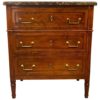
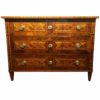
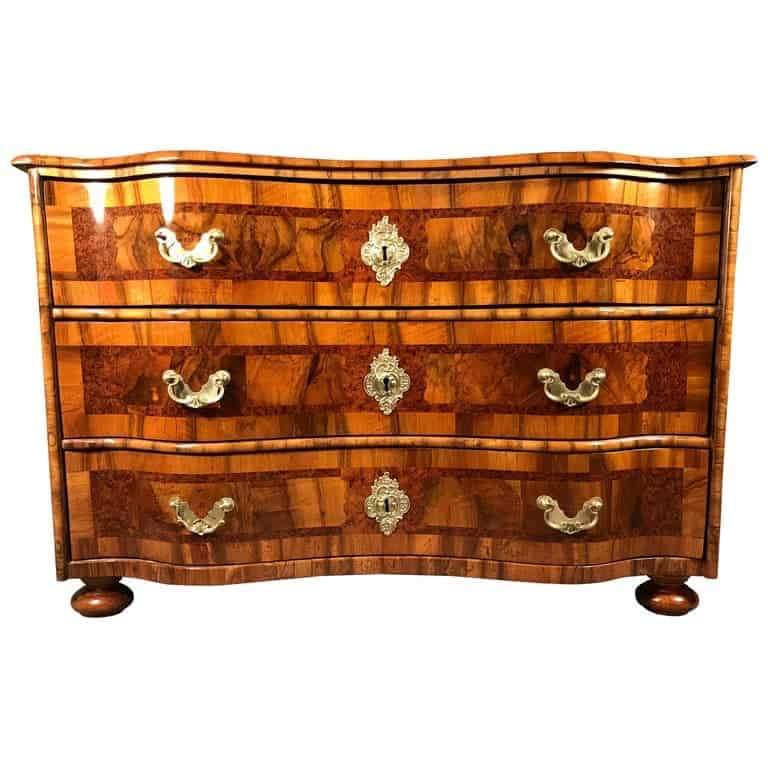

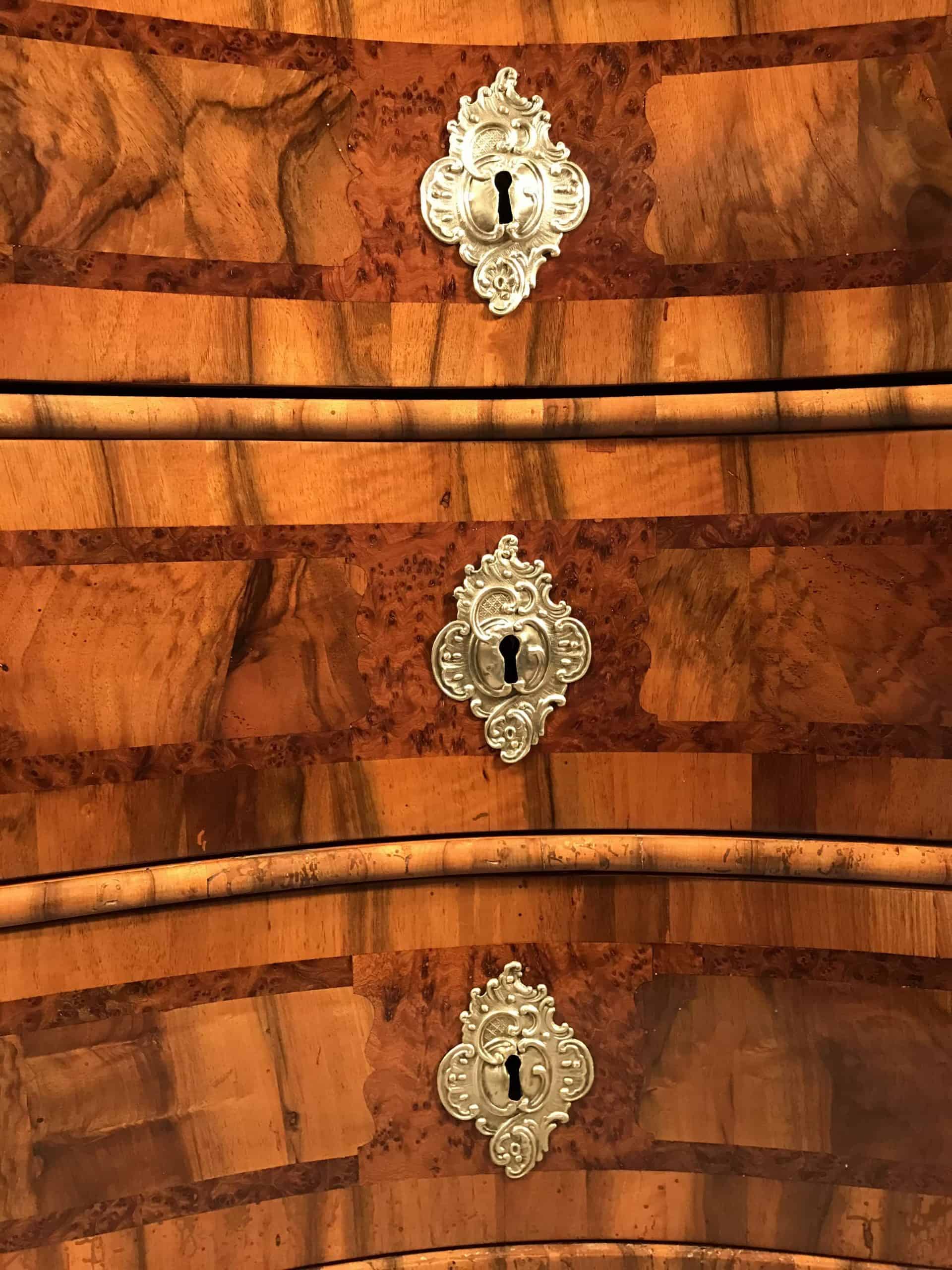
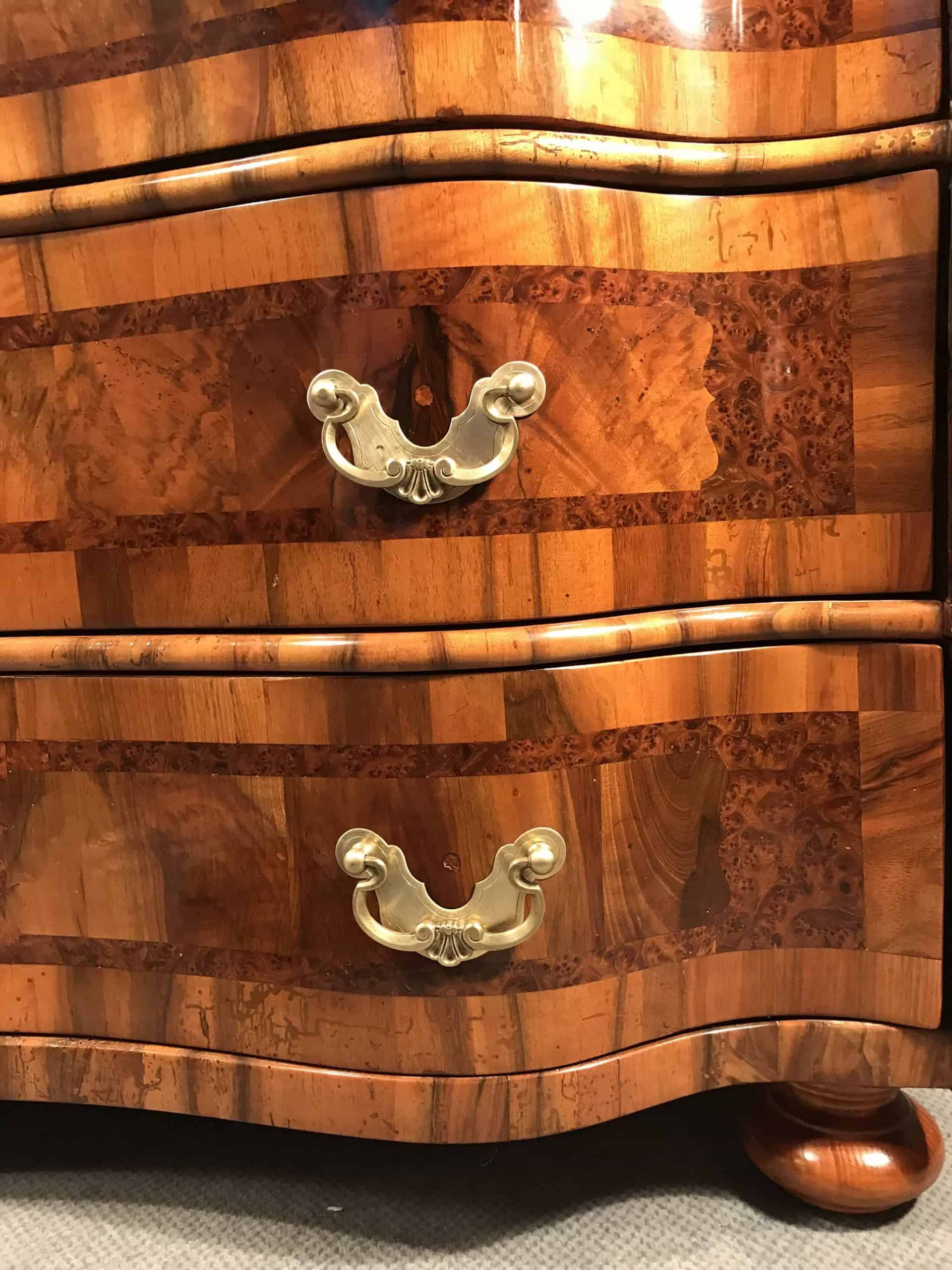
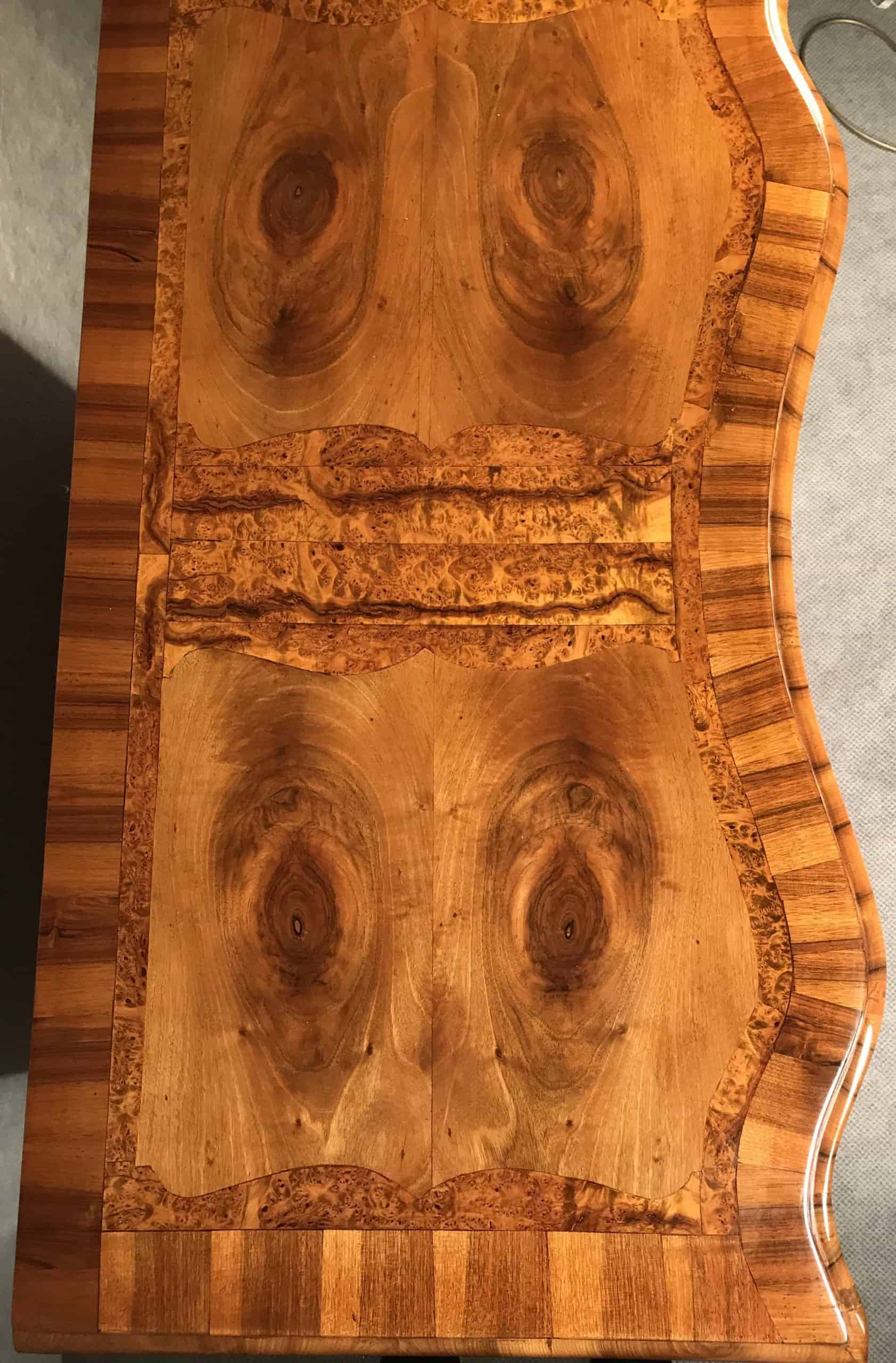

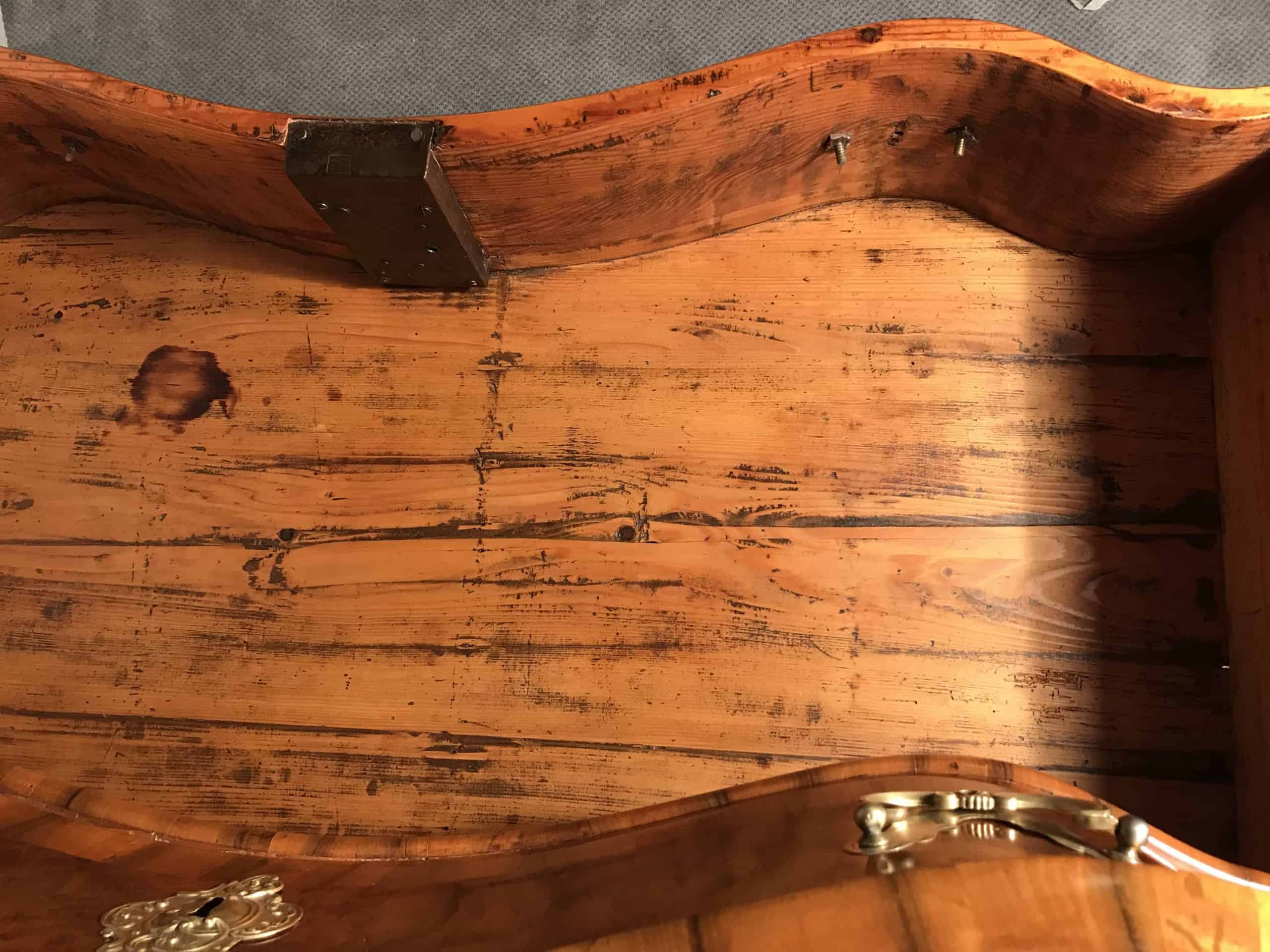
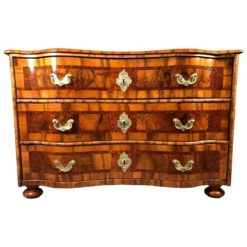
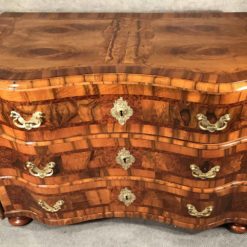
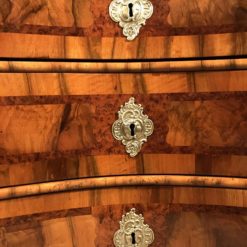

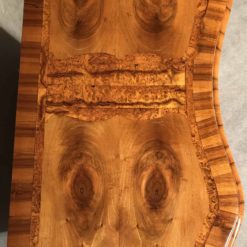
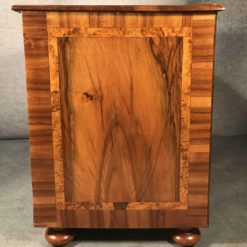
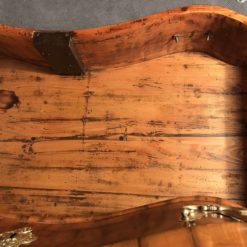
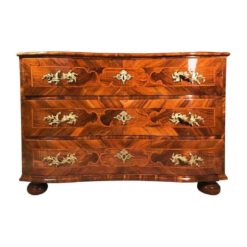
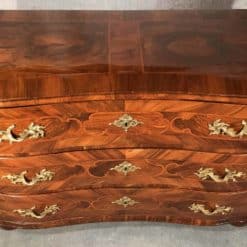
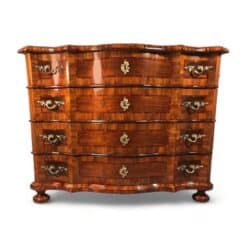
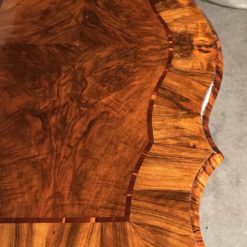
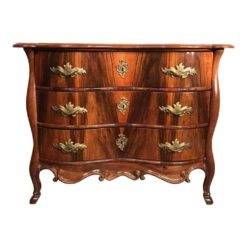
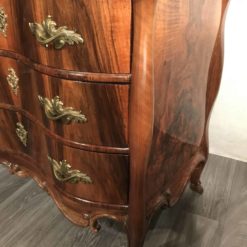

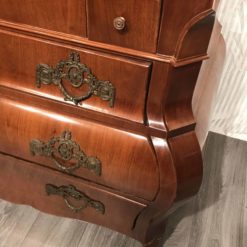
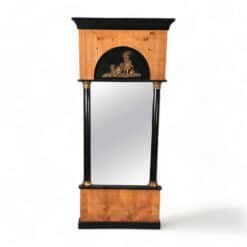
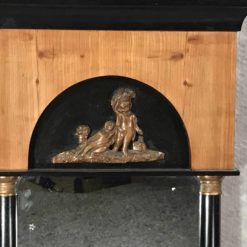
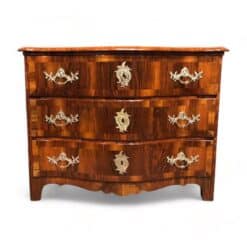
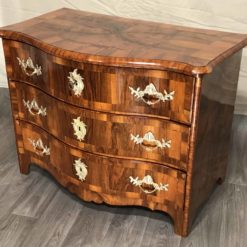
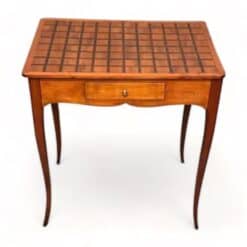
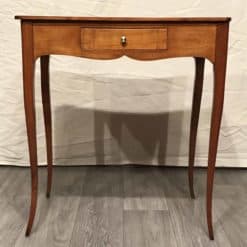
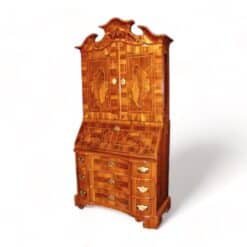
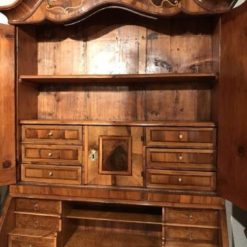
Reviews
There are no reviews yet.